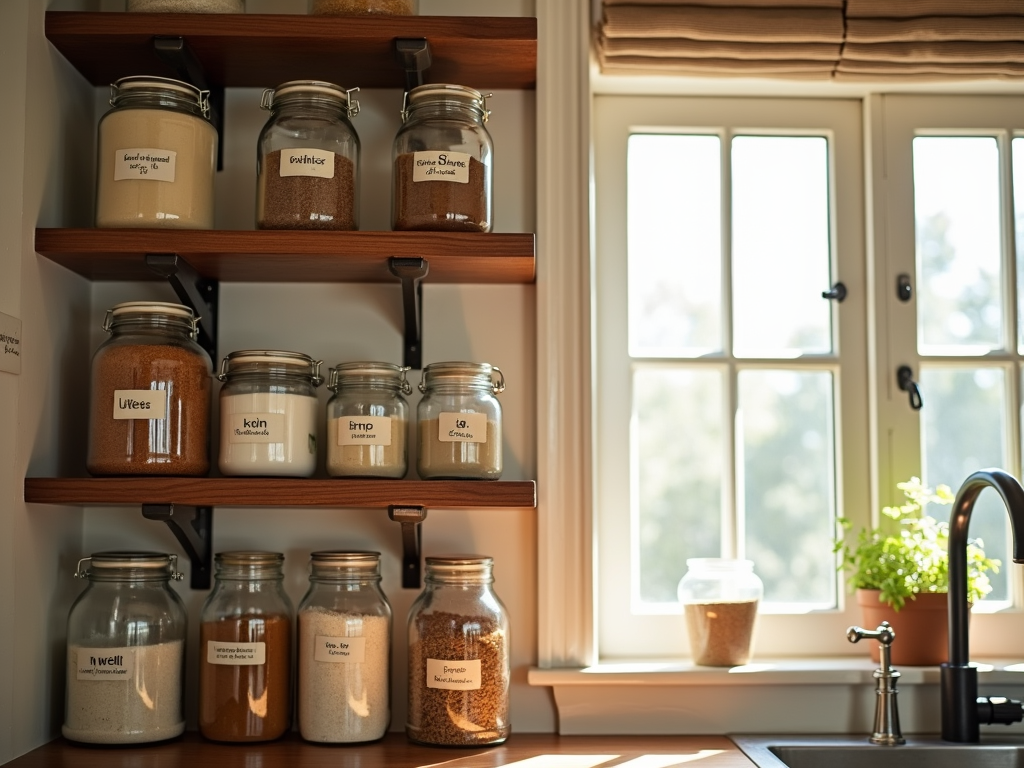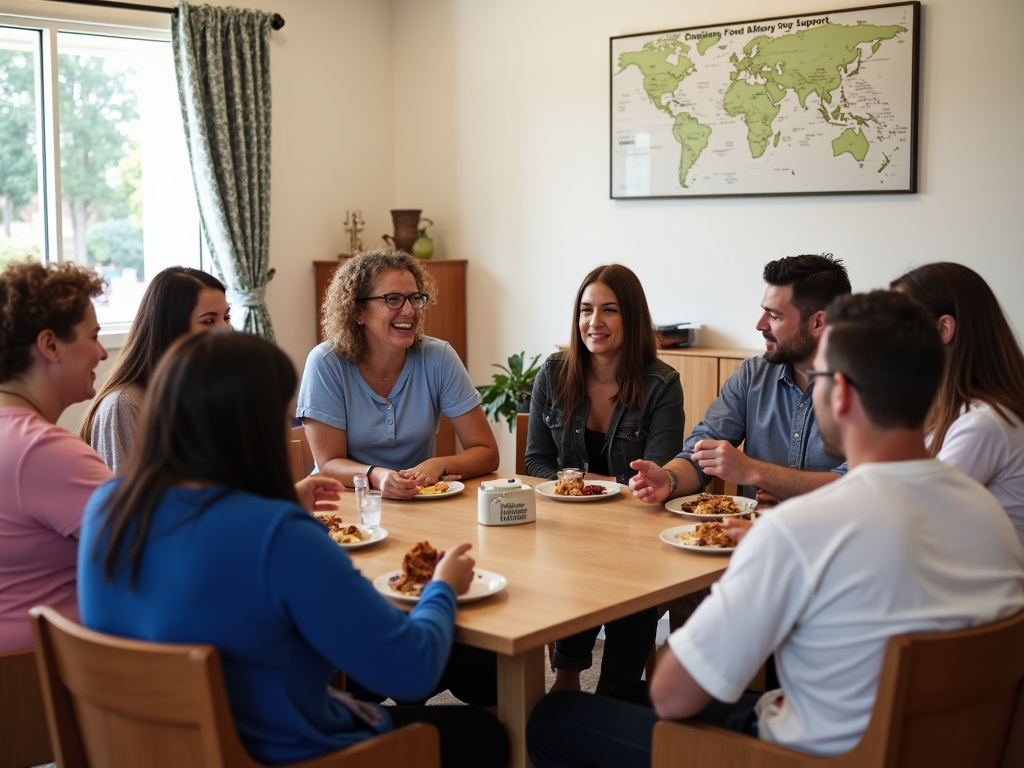Living with chronic food allergies, like FPIES, can feel overwhelming, but building a food allergy-friendly kitchen makes a huge difference. This guide shares simple, effective ways to create a safe space where you can cook and eat without worry, blending expert advice with real-life experiences.
What Are Chronic Food Allergies and FPIES?
Chronic food allergies stick around long-term, unlike seasonal allergies that come and go. FPIES, or Food Protein-Induced Enterocolitis Syndrome, is one tough example. It hits the stomach and intestines, often triggered by foods like milk, soy, or grains. I learned this firsthand when my niece was diagnosed—sudden vomiting and pale skin after eating became our new normal. A food allergy-friendly kitchen isn’t just nice to have; it’s a must for keeping flare-ups at bay.

Step 1: Know Your Triggers
The first step to building a food allergy-friendly kitchen is figuring out what sets off your reactions. For FPIES, triggers vary—some can’t handle rice, others struggle with chicken. Write down what you react to. Talk to your doctor or join chronic food allergy support groups. I found a local group where parents swapped stories about their kids’ FPIES triggers, and it opened my eyes to how unique each case is.
Step 2: Keep It Clean
Cross-contamination is the enemy. Even a crumb of an allergen can cause trouble. Wipe down counters with hot, soapy water after every meal. Wash dishes and utensils right away—don’t let them sit. I started using separate sponges: one for allergen-free stuff, one for everything else. It’s a small change, but it’s saved us from a few close calls.

Step 3: Organize Like a Pro
Set up your kitchen with clear zones. Put allergen-free foods on a high shelf or in a sealed bin—somewhere spills from risky foods won’t reach. Use labels! I grabbed some bright stickers and marked safe jars and tools. My sister laughed at my ‘allergy police’ vibe, but it works. Everyone knows what’s off-limits now.
Kitchen Organization Tips
Here’s a quick list to get started: - Top shelves: Allergen-free foods - Bottom drawers: Risky ingredients - Color-coded labels: Green for safe, red for allergens - Sealed containers: Keep crumbs contained It’s like a map for your kitchen—simple but effective.

Step 4: Pick Safe Foods
Stick to whole foods—think fresh fruits, veggies, or meats with no added junk. Processed stuff hides allergens like soy lecithin or milk powder. Read every label, every time. I once grabbed a ‘safe’ snack for my niece, only to spot milk buried in the fine print. Now, I double-check everything, even brands I trust.
Step 5: Master Safe Cooking
Cooking with chronic FPIES means extra steps. Use separate cutting boards—one for safe foods, one for allergens. I’ve got a cheap plastic board just for allergen-free prep. Cook those dishes first, before anything risky touches the stove. It’s a rhythm: safe food, clean up, then the rest. It feels like a dance sometimes, but it keeps reactions away.

Step 6: Teach Everyone
Your kitchen’s only as safe as the people in it. Show your family or roommates how to avoid mix-ups. My brother didn’t get it at first—left a peanut butter knife on the counter once. We talked it out, and now he’s careful. Share what an FPIES reaction looks like too, so they know what’s at stake.
Quick Reference: Safe Kitchen Rules
| Rule | Why It Matters |
|---|---|
| Wash hands often | Stops allergen spread |
| Separate tools | Avoids cross-contamination |
| Clean after cooking | Keeps surfaces safe |
| Label everything | Prevents mistakes |
| This table lives on my fridge now—keeps us all on track. |

Step 7: Stock Up Smart
Keep a stash of safe staples. Rice milk, quinoa, or gluten-free oats work for us. Find brands made in allergen-free factories—call companies if you’re unsure. I’ve spent hours on the phone with customer service, but knowing my niece can eat without worry? Worth it.
Why It’s Worth the Effort
Building a food allergy-friendly kitchen takes time, but it’s a game-changer for chronic food allergy sufferers. FPIES doesn’t have to rule your life. With a clean, organized space and a little know-how, you can cook, eat, and relax. My niece smiles at meals now—not every day, but more than before. That’s the win.

Wrapping It Up
A food allergy-friendly kitchen is your shield against chronic food allergies like FPIES. Start small: know your triggers, clean smart, organize well. Add safe foods and teach your crew. It’s not perfect overnight, but every step makes life easier—and safer. You’ve got this.
Discuss Here